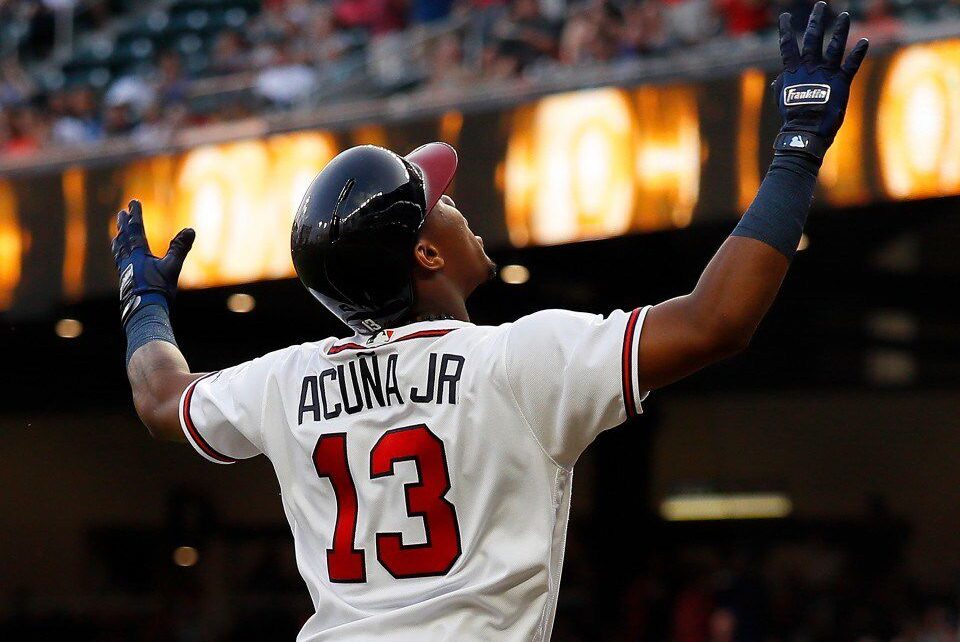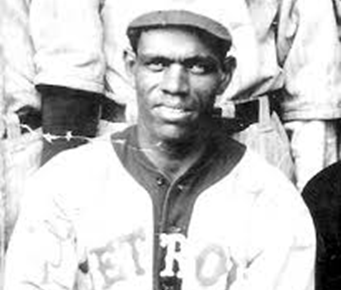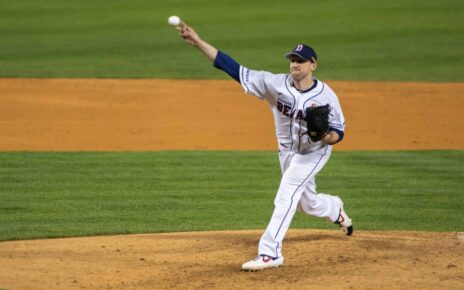I enjoy digging into stats, I think that much is clear from this website. Often times it’s easy to find the exact stat you may need to answer a question. There are other times though where finding the right stat may be difficult and confusing. Earlier in the year I wrote about the collection of stats I tend to use and I promise, I’m not about to relitigate that article right now. There’s no deep truth to what I’m about to write, more of some random thoughts that came about when I was looking into who the best baserunner in the big leagues was this past year.
Finding out who’s the best baserunner in Major League Baseball should be easy. Only, it’s really not, because there are three different stats that try to answer the question. Baseball Savant has developed Sprint Speed, Baseball Prospectus has BRR, and FanGraphs chooses to use Spd. That’s three different stats using different variables to answer the same question. It shouldn’t surprise then that the leaderboards for each stat were slightly, and sometimes massively different, in 2019.
Let’s start with Baseball Prospectus’ BRR, or Baserunning Runs. First, the leaderboard,
| 1 | Ronald Acuña Jr. | 8.6 |
| 2 | Leury García | 7.9 |
| 3 | Fernando Tatís Jr. | 7.1 |
| 4 | Mallex Smith | 6.8 |
| 5 | Jarrod Dyson | 6.3 |
| 6 | Mookie Betts | 5.7 |
| 7 | Jonathan Villar | 5.6 |
| Víctor Robles | 5.6 | |
| 9 | Jon Berti | 5.0 |
| 10 | Delino DeShields Jr. | 4.9 |
| Jorge Polanco | 4.9 |
BRR measures a number of baserunning events: stolen bases, caught stealing, advancing a base on a tag play, and going from first to third/first to home/second to home. Double plays are not counted as a positive or negative in the calculation of BRR. BRR is treated as a plus run stat, meaning that Ronald Acuña Jr.’s 8.6 is 8.6 runs he added to his team via his baserunning ability compared to an average baserunner in the same situations. Looking at BRR it’s a pretty complete stat, one that tells a lot about the ability of a baserunner, but the lack of including double plays in the equation can be problematic as they are very detrimental to run production on the basepaths.
Next up is Spd, or Speed Score,
| 1 | Mallex Smith | 8.8 |
| 2 | Danny Santana | 7.6 |
| Trea Turner | 7.6 | |
| 4 | Sterling Marté | 7.5 |
| 5 | Jonathan Villar | 7.1 |
| 6 | Brett Gardner | 6.7 |
| 7 | Víctor Robles | 6.6 |
| Trevor Story | 6.6 | |
| 9 | Adam Eaton | 6.5 |
| 10 | Elvis Andrus | 6.4 |
Spd takes into account stolen base percentage, frequency of stolen base attempts, runs scored percentage, and the number of triples. It doesn’t take into account double plays, advancing multiple bases, or tag plays. Spd was invented by Bill James, and while it is outdated it tends to be the stat that people choose over FanGraph’s other, much better, baserunning stat, UBR or Ultimate Base Running. The main issue with Spd is that it is missing out on a lot of speed-based activity and it doesn’t actually measure the run contributions of a player’s baserunning.
Last on the docket, Sprint Speed, or SS,
| 1 | Tim Locastro | 30.8 |
| 2 | Byron Buxton | 30.3 |
| Trea Turner | 30.3 | |
| 4 | Myles Straw | 30.1 |
| Isaac Galloway | 30.1 | |
| Roman Quinn | 30.1 | |
| Garrett Hampson | 30.1 | |
| 8 | Adam Engel | 30.0 |
| 9 | Terrance Gore | 29.9 |
| Adalberto Mondesi | 29.9 | |
| Tyler O’Neill | 29.9 |
Sprint Speed fits its name as it’s attempting to measure how fast a player is at their fastest moment. The components of Sprint Speed are taking two bases or more on a non-homer and home to first on weakly hit ground balls. Double plays are not factored in, stolen bases and tagging up are both ignored, and so is a runner on second advancing home on an extra-base hit. Sprint Speed offers it’s measurement in feet per second and never claims to be making any attempt to gauge how many runs a player provides his team via their baserunning.
Three very different leaderboards, but having now broken down the components it’s not hard to figure out why. Terrance Gore is very fast, but he’s never been known for his ability to cut a bag or accomplish much on the base paths besides being very fast from station to station. It makes sense that he would place on the Sprint Speed leaderboard, while a guy like Ronald Acuña Jr. who isn’t a speed demon but knows how cut a bag, take extra bases, and has great instincts would lead in BRR. Meanwhile, Brett Gardner isn’t incredibly fast, but he has great instincts for when to steal and that’s why he is top 10 in Spd.
The trio of BRR, Spd, and Sprint Speed are good stats to have around. Ultimately when I’m digging into a baserunner I want to know the most about how competent they are on the basepaths. I’m not too concerned with their actual speed, rather I want to know who is the best at using the speed they do have to advance on the basepaths to better help their team win the game. With that in mind, BRR is easily the best of the three main baserunning stats and I don’t think it’s particularly close. Sprint Speed and Spd are awesome to have in the toolbox, the more information the better. But, when I want to know who the best baserunner is I’m turning to BRR and not paying attention to the other two. More important than any of that, make sure you know what stats are being used if you get into a discussion about speed. We’re not using the same stats, and while Spd, BRR, and Sprint Speed all have value they all tell very different stories.
Lead photo courtesy of Kevin C. Cox – Getty Images




